If you’ve just started composting, you might wonder how to speed up compost so it’s completely decomposed and usable. It’s not hard to do! As long as you have the right balance of greens to browns, you can have finished compost in just four weeks.
Composting is a great way to reduce waste on your farm. It limits the amount of waste going to the landfill, thus reducing methane emissions. Due to its nutrient-filled composition, it’s a perfect way to fertilize many crops. It improves soil structure in the process and helps your soil retain water.
You can throw most organic waste products into your compost pile. Animal manure, silage, plant debris, kitchen scraps, and leftover mulch and soil all apply. For this list of recommendations, it’s best to avoid adding meat or dairy. For all composting systems, keep diseased plant matter and invasive weeds in the garbage.
Turn Regularly
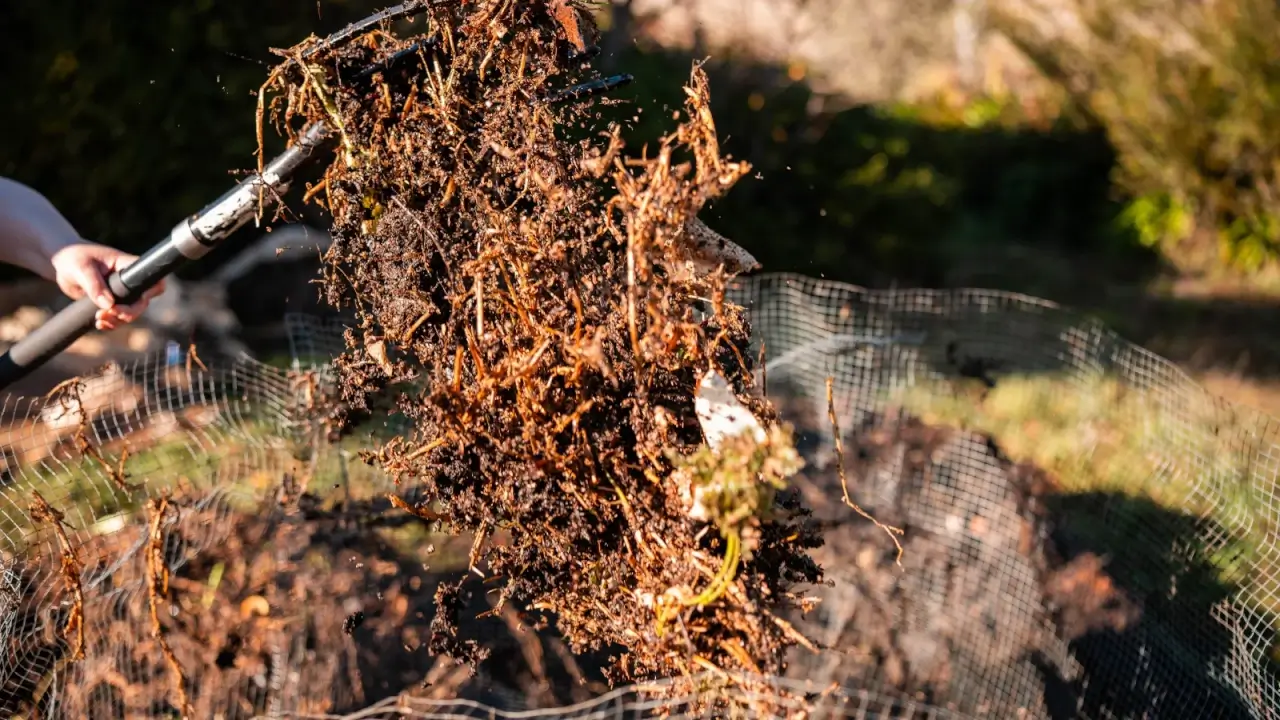
One of the best and easiest ways to keep your compost pile aerobic, or full of oxygen that speeds the decomposition process, is simply to turn it regularly. Regular turning increases oxygen and the temperature of the pile. Hotter piles break down materials more quickly than colder ones.
While it is completely possible to have finished compost in a cold pile, it’s not the best way to do it quickly. So consider the size of your pile as you develop a turning schedule. A general rule is that piles should be turned every three to four days.
Another aspect to consider is the temperature. If the pile temp drops below 104°F (40°C), it’s time to turn. You can use a compost thermometer to assist you here. Or you can speed things along by turning regularly. Grab a broadfork, turn your bin, or simply use a shovel. Bring the center of the pile outward, and the outside of the pile inward.
Aerate
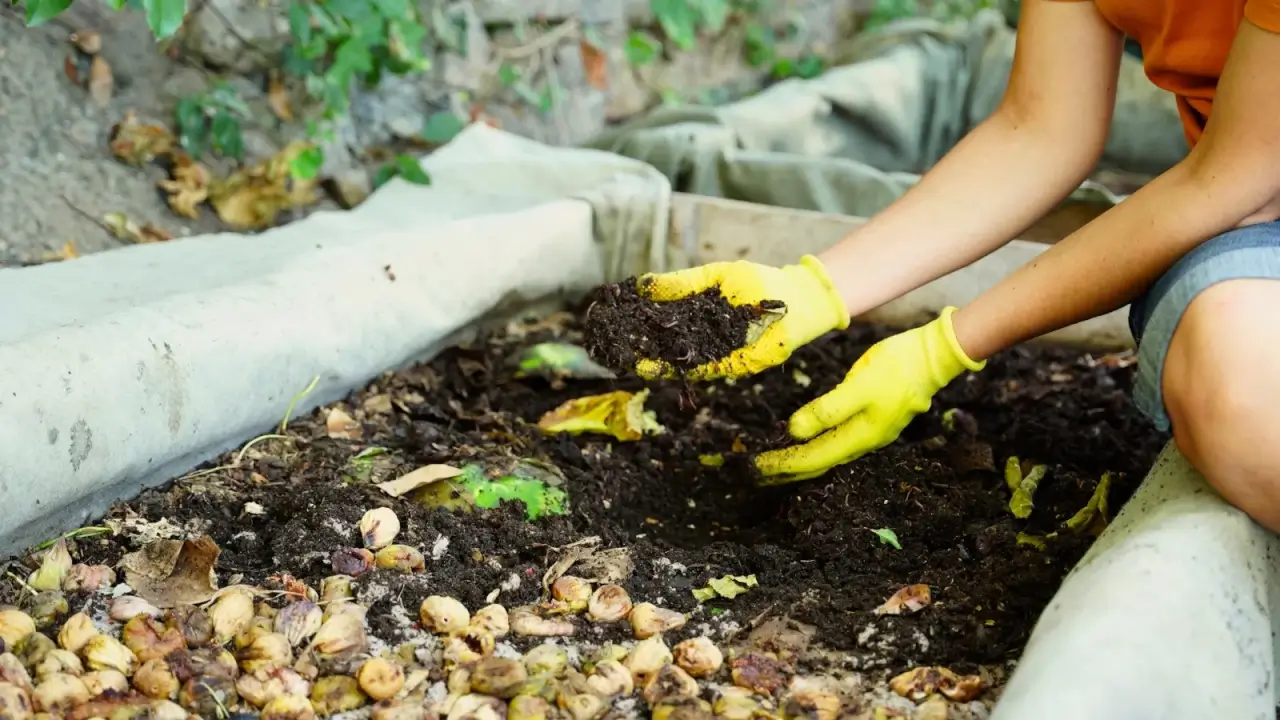
Turning is an excellent way to keep your pile aerated. But there are other ways to accomplish aeration, which often occur as you set up your pile or bin. One way to do this is to pop a PVC pipe in the center of the pile with holes drilled along the length. This adds oxygen to the pile as it decomposes.
If you’re building a bay compost system, leave some room between the slats to promote passive aeration. These openings also allow insects in that consume the matter in the pile and provide even more decomposition. The same goes for worms and grubs.
Any bins you use should have holes in them to allow airflow through. Without airflow, you’ll force the pile into an anaerobic state. This leads to bad smells and a much slower rate of decomposition (if any at all). So ensure there is oxygen getting into contained bin systems.
Water
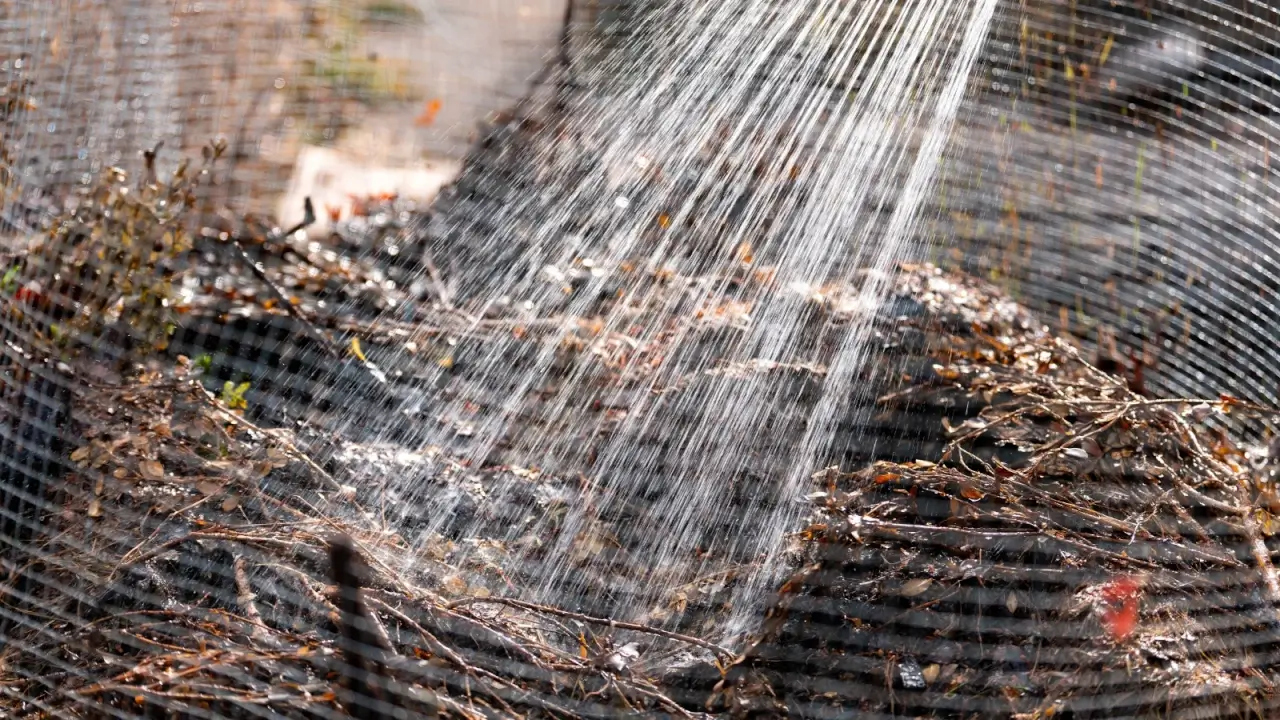
The proper moisture content helps matter break down more quickly, and is absolutely essential to speed up compost toward a more usable format. As you turn your pile, keep the hose handy. If you notice dry areas, spritz them with water.
As you add your layers of greens and browns, water. Moisture will speed up decomposition by providing mobility to the detritivores within. These organisms, both insect-sized and even smaller, are responsible for consuming the matter in your pile and ensuring nutrients move around.
Don’t add too much water, or locate your pile in an area with standing water. Too much of a good thing will slow the process of decomposition. Keep it in an area that drains freely, and water regularly to keep the microbes moving.
Additives
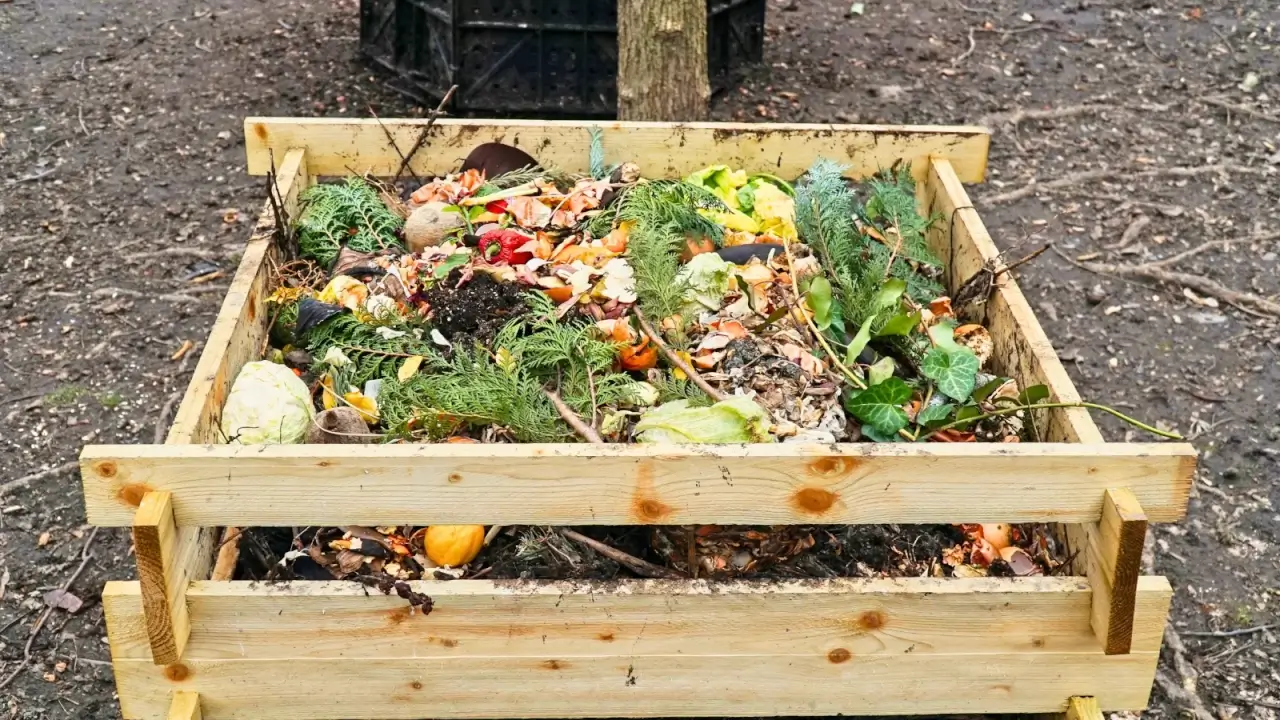
Have you ever heard that you can speed up compost by adding specific materials to your pile or bin? Grass, leaves, and inoculants are just a few additives that kick-start a semi-dormant compost pile. Kitchen scraps can also induce a more active composition.
It’s important to maintain the right balance as you add these, though, as balance is key. Just like too much water can mess up the pile, so can too much green matter, or inoculant. As you add greens, remember a three-to-one ratio of browns to greens protects that balance.
Most likely, if you’re dealing with slow compost, you may not have the right balance to begin with. Adding some greens will get you there. As for inoculants, find one that fits your required nutrient profile, and follow the directions on the bottle.
Ensure It’s the Right Size
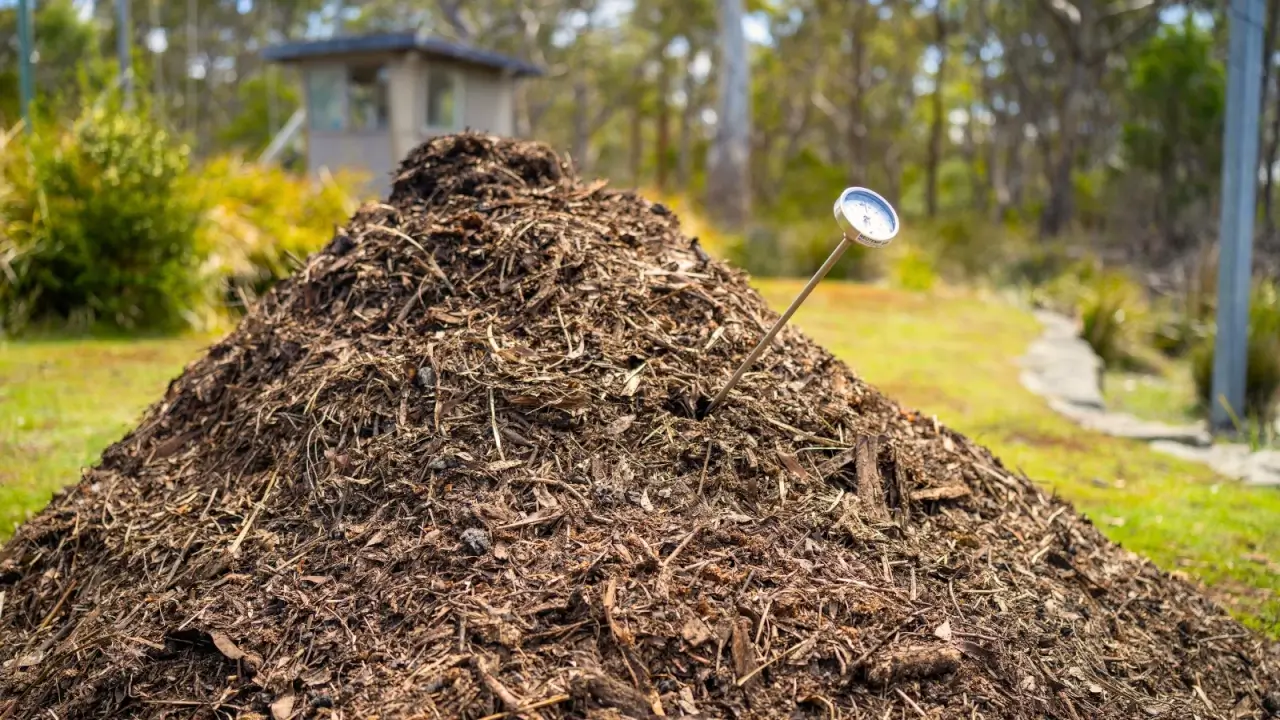
If your compost pile is too small, it won’t break down. If it’s too large, it will be hard to manage. Instead of piling everything in one spot, keep your piles or bins at least (and not much more than) one cubic yard (3x3x3 ft).
Build bays to 5x5x5 feet, so they’ll fit one cubic yard inside each of them. Multiple bays accommodate multiple piles. Thankfully, most pre-made bins, or even trash cans repurposed for composting are already the right size. Keep your pile the right size, and you’ll speed up compost in no time.
3 Ways to Create Value from Agricultural Waste
While the agriculture sector produces food, fiber, and fuels we rely on, it also churns out lots of waste. Fortunately, there are ways to create value from agricultural waste and give it a second life.